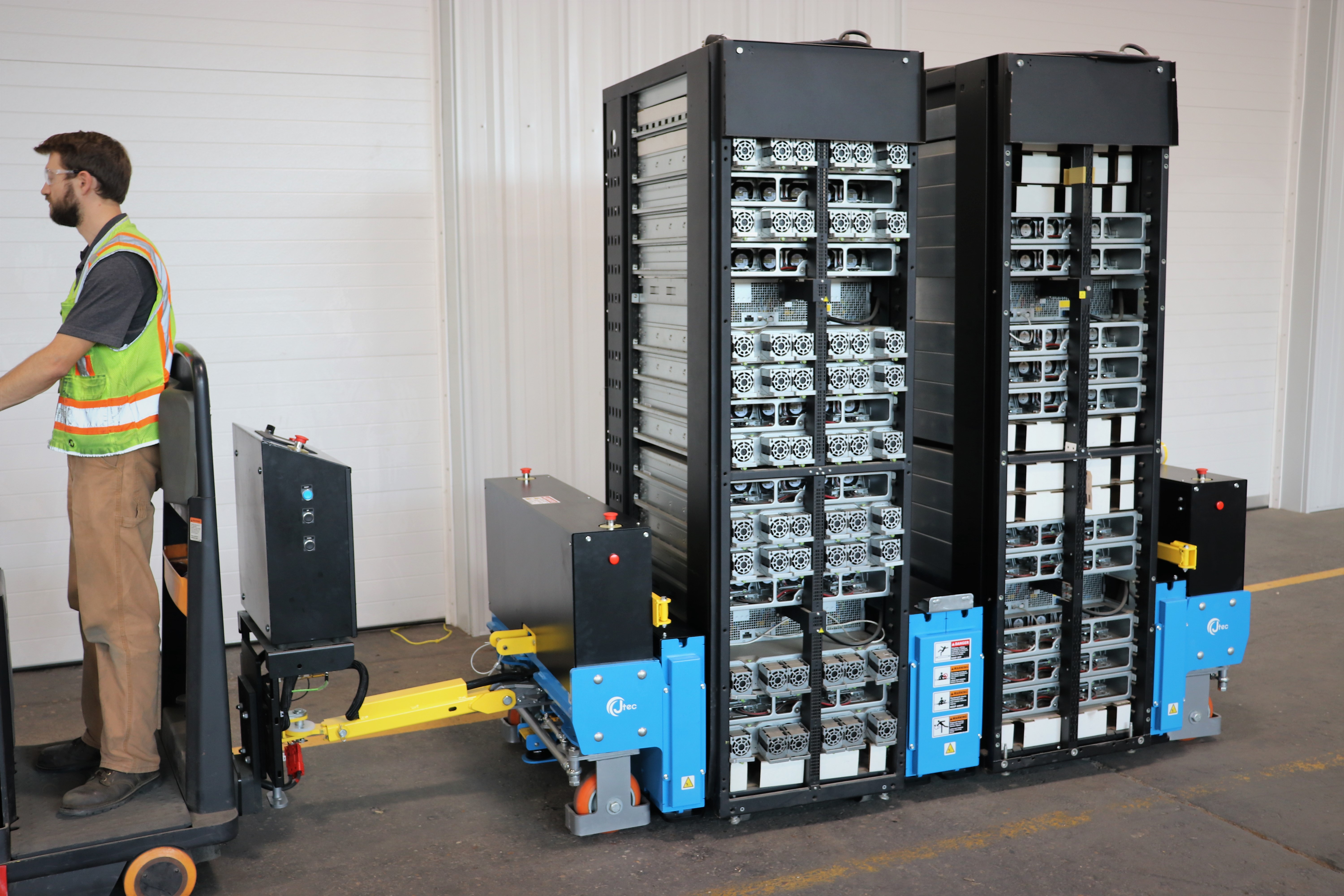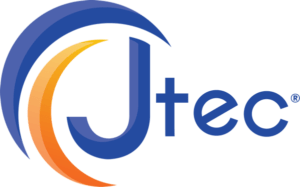Introduction:
In this fast-paced digital and AI era, data centers face immense pressure to scale and optimize efficiency. This demand is particularly pronounced among hyperscalers, who require high-volume rack deployments and decommissioning to achieve their mission. However, traditional data center facilities still heavily rely on manual rack movements, presenting several critical challenges in terms of safety, ergonomics, efficiency, asset protection, and labor costs. In this blog, we will delve into each of these challenges and explore the compelling reasons why implementing automated rack movements can drive increased scalability and reallocate skilled labor, revolutionizing data center operations.

Safety & Ergonomics:
In the current setup, data center employees are tasked with manually pushing and pulling racks for considerable distances daily, putting them at higher risk of musculoskeletal injuries. Moreover, the constant handling of heavy racks (ORV2 and ORV3 racks can weigh up to 3,080lbs/1,400Kg and 3,300lbs/1,500Kg, respectively) can lead to employee fatigue, posing safety hazards and potentially impacting decision-making. The risk of accidents, including collisions with other employees or equipment and falling-over accidents, further heightens safety concerns.
Efficiency:
The manual nature of rack movements introduces inefficiency, due to the current 1 Employee:1 Rack Movement ratio. Since each employee can only perform one rack movement at a time, data centers might face a limited ability to move racks when sufficient labor is not available, causing costly operational bottlenecks. As a result, the lack of continuous movement hinders optimal resource utilization and compromises the data center's ability to swiftly deploy or decommission racks.
Asset Protection:
Data racks represent some of the most valuable assets within a data center facility. However, manual rack movements increase the risk of human error, leading to accidental damage that could compromise the functionality and integrity of the racks. High-traffic areas like doors and narrow hallways further elevate the risk of damaging racks during manual movement.
Labor Cost:
Data centers rely heavily on skilled labor to manage manual rack movements. Maintaining an increased employee headcount to manage all the necessary rack movements results in higher labor costs when the additional wages, benefits, and worker’s compensation costs are considered. During times of limited workforce availability, labor costs can rise even higher due to market pressures. Additionally, manual interventions slow down data center operations, thereby limiting employee productivity. and human errors during manual rack movements may result in unforeseen labor costs related to the repairs or replacement of damaged racks or facilities.
Conclusion:
The implementation of an automated rack movement system, comprised of Automated Guided Vehicles (AGVs) and ORV2/ORV3-Compatible Server Rack Carts, offers practical solutions to the numerous challenges presented by manual rack handling in data center facilities. Automation not only addresses safety concerns and mitigates ergonomic risks but also protects valuable assets from potential damage. Continuous rack movement and increased efficiency lead to enhanced scalability, enabling data centers to quickly deploy or decommission racks in response to growing demands. Moreover, automating rack movements allows skilled labor to be reduced or redirected to more strategic tasks, optimizing the workforce's potential and fostering a more efficient, cost-effective, and scalable data center environment. Embracing automation becomes a necessity and an opportunity for data centers to unleash their full potential in an ever-evolving digital landscape.
 Jtec Industries, Inc is a new OCP Member and OCP Solution Provider. They have been very active in the new Data Center Automation workstream within the Community. As a leader in the material handling cart industry, they have brought their expertise to OCP.
Jtec Industries, Inc is a new OCP Member and OCP Solution Provider. They have been very active in the new Data Center Automation workstream within the Community. As a leader in the material handling cart industry, they have brought their expertise to OCP.
Over the past four years, it has co-developed its Automated ORV2 and ORV3-Compatible Server Rack Cart with a major hyperscale and AGV manufacturer. Prototypes have been successfully deployed and are operating in several hyperscale data centers. Final testing of the various safety features and ORV3 compatibility of the latest prototype will be completed soon, with the first deployment of production units expected during the 4th quarter of 2023.
You can view the Automated ORV2 and ORV3-Compatible Server Rack Cart on the OCP Marketplace here.
OCP Global Summit - Jtec will also be showing their Server Rack Cart in the OCP Experience Center at the OCP Global Summit (October 17th - 19th).